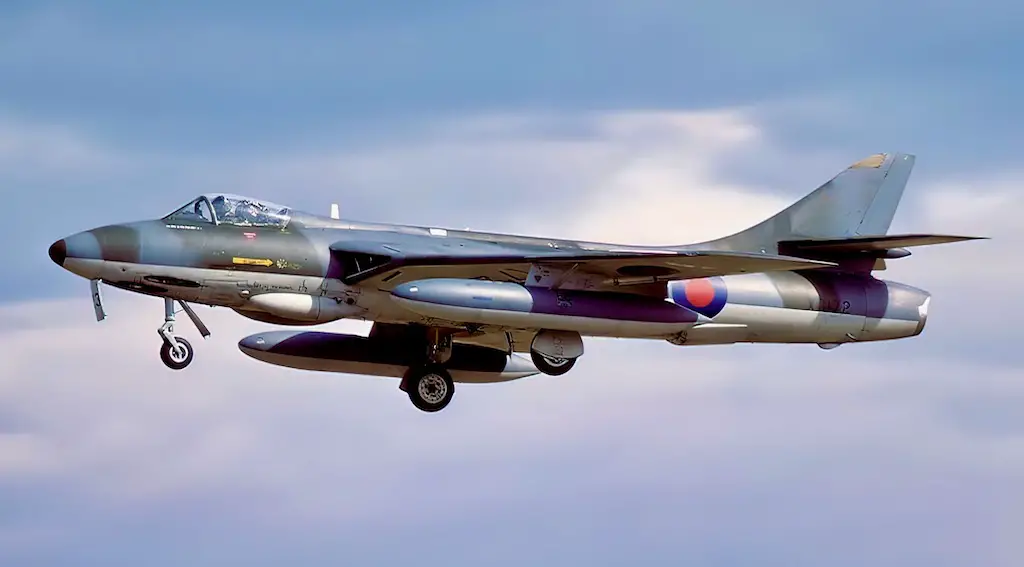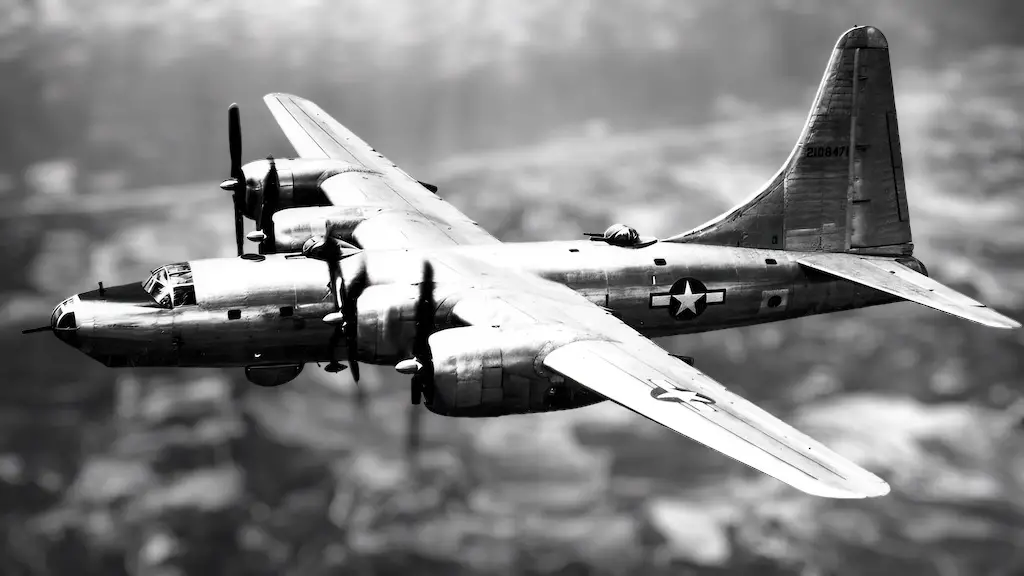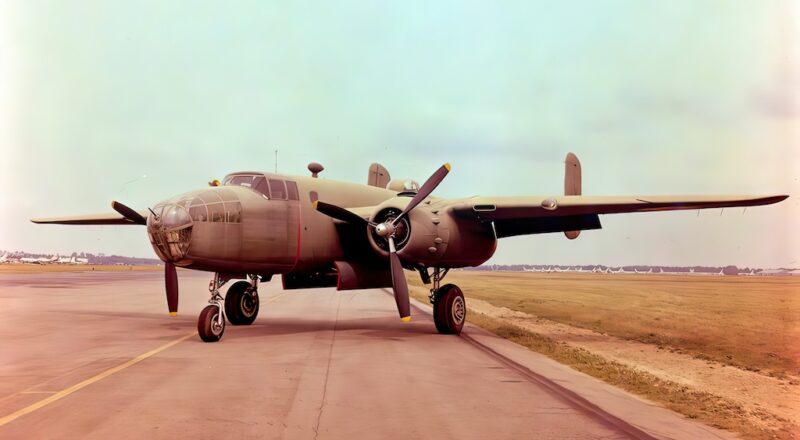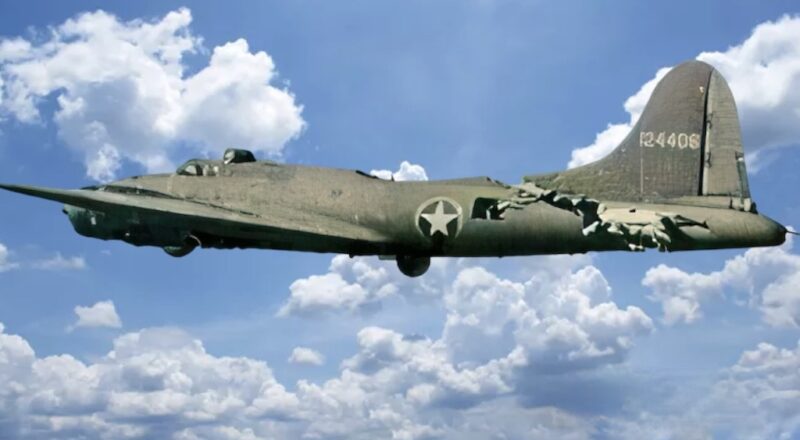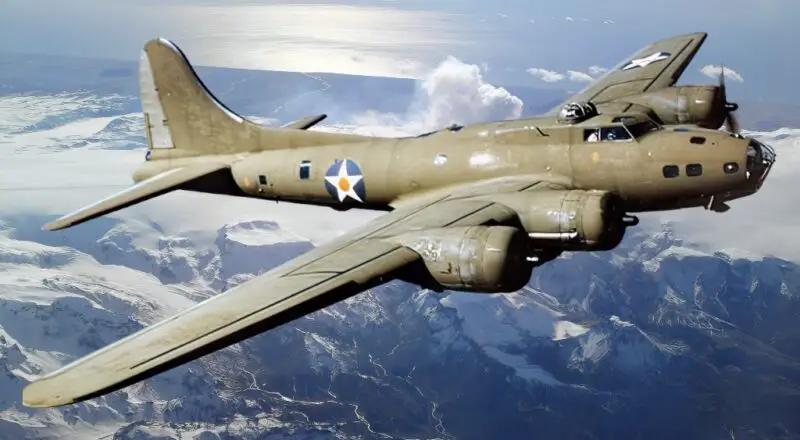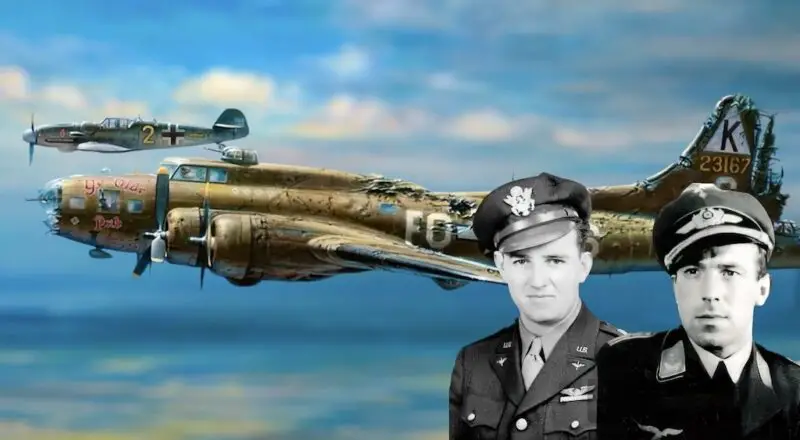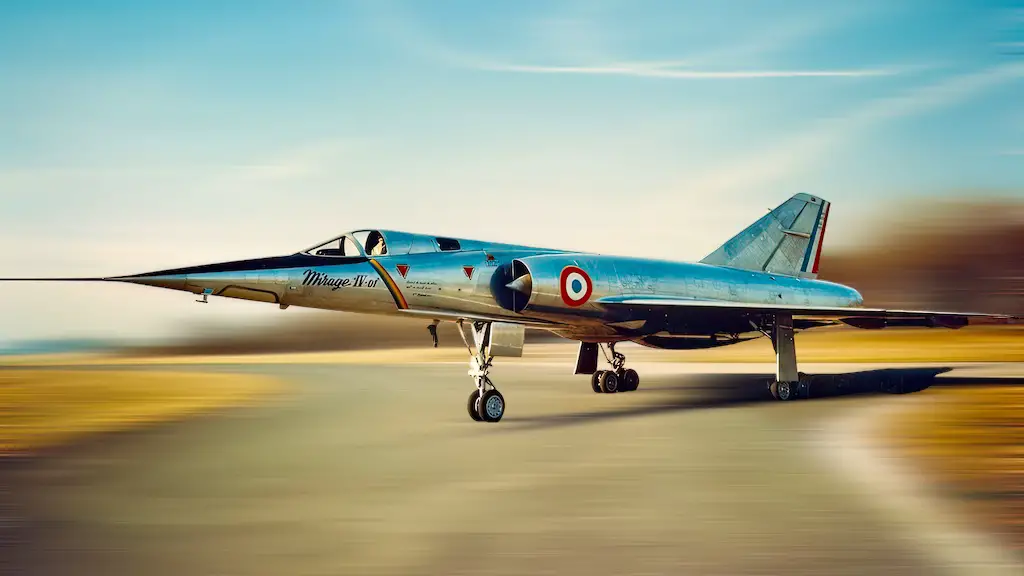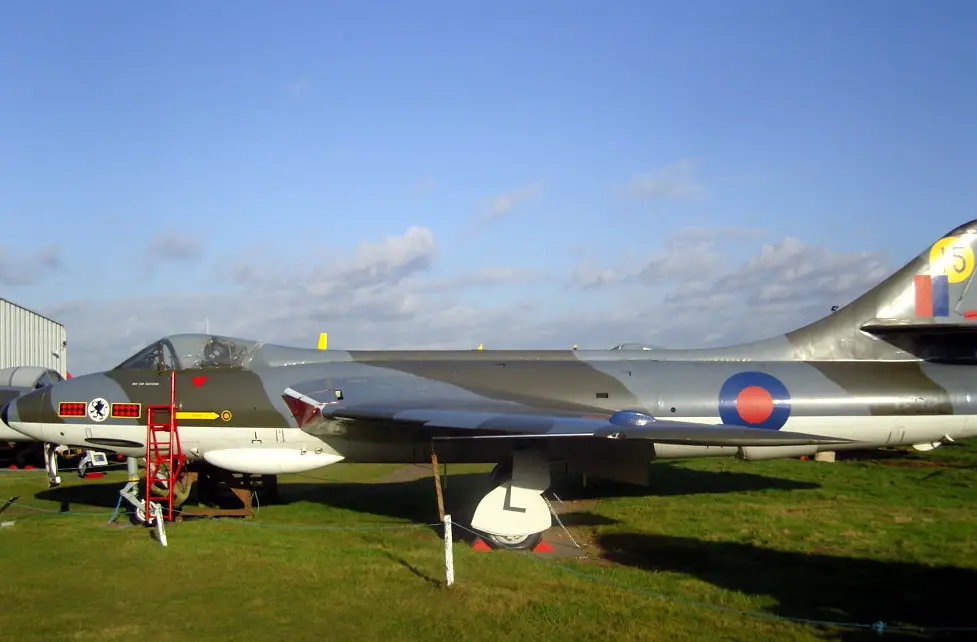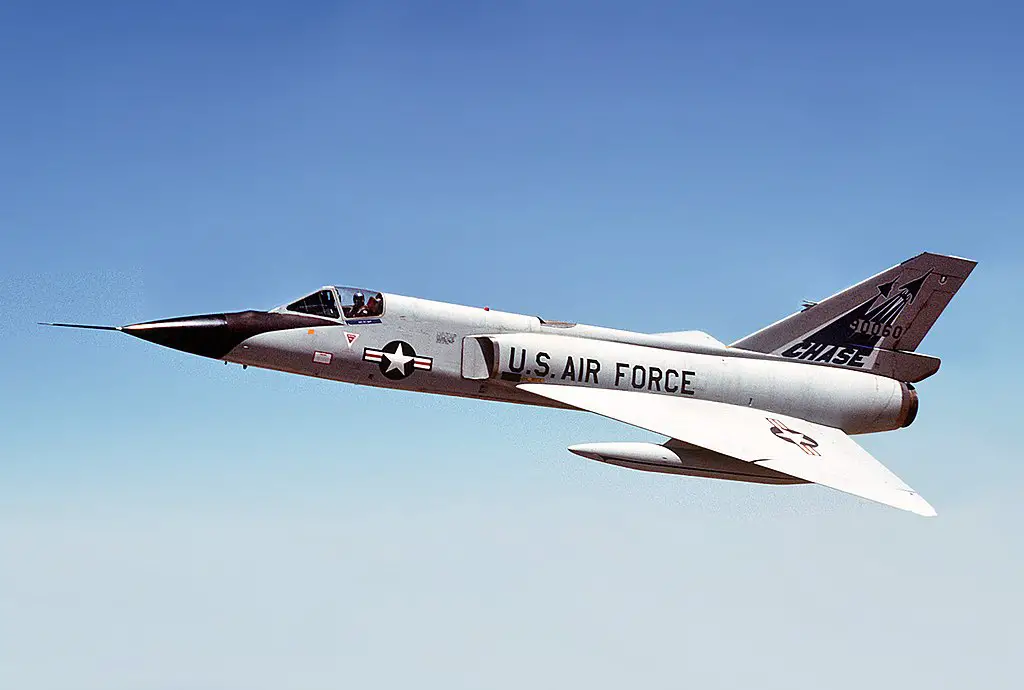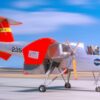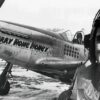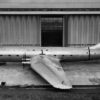Probably the best known case of an aircraft safely landing after the pilot’s bailout is the so-called ‘Cornfield bomber.’ That’s the nickname of a Convair F-106A Delta Dart that touched down in a snow-covered field in Montana in 1970 after its pilot parachuted to the ground. However, that Delta Dart was preceded by another ‘smart’ jet by a whole decade. A Hawker Hunter F.51 of Royal Danish Air Force pulled off a similar feat in 1960.
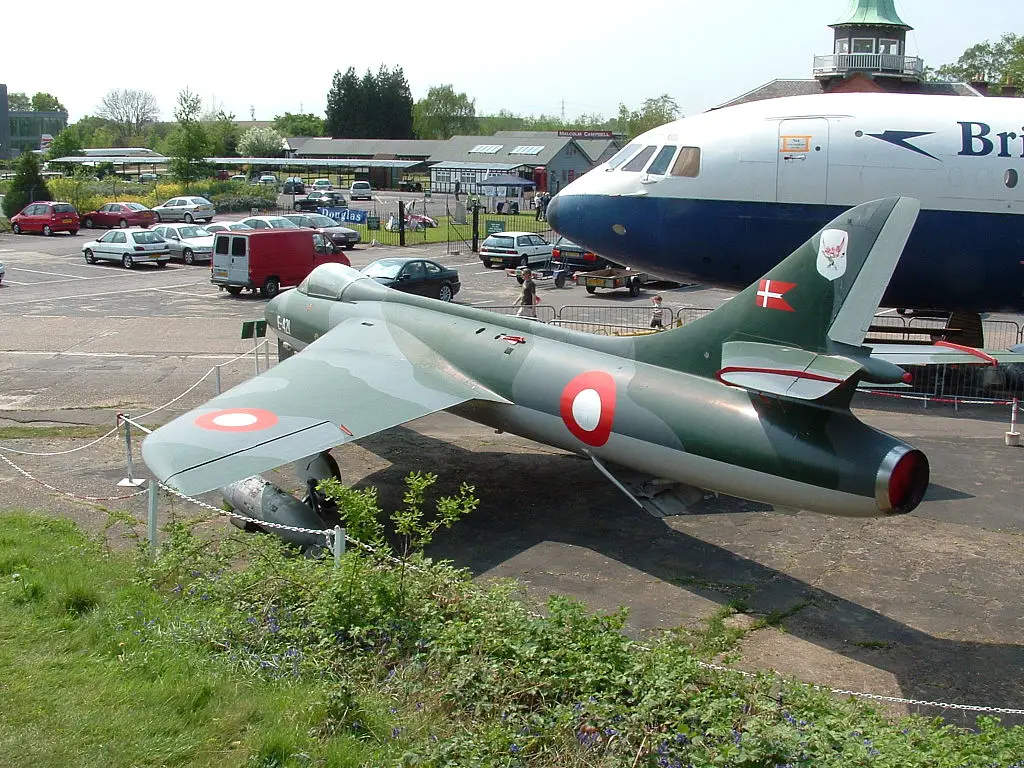
In the morning of January 19, 1960, fighter pilot Kurt Rasmussen was returning in his F.51 to Skrydstrup airbase in southern Denmark after a routine test flight. Suddenly, the aircraft’s Rolls-Royce Avon 115 engine died. Rasmussen’s attempts at restarting it gave no result. The Hunter’s speed was falling, and the ground was nearing, so the pilot figured he had no other option but to bail out as soon as possible.
He egressed the aircraft flying at a speed of about 160 mph and an altitude of some 1,300 ft. Rasmussen’s landing was not the most comfortable one, but he suffered only minor injuries to his head. It would be logical to assume that the jet with dead engine would then fall to the ground more or less like a stone. However, it didn’t.
What happened to the plane?
The on duty fire crew at Skrydstrup didn’t see the pilot eject. What they saw was that a Hawker Hunter F.51 belly-landed missing the runway. After touching the ground, it went on sliding along the snow-covered grass and finally came to a halt on the airbase tarmac. As the firefighters arrived at the scene, they found a moderately damaged Hunter with, to their surprise, no pilot in the cockpit.
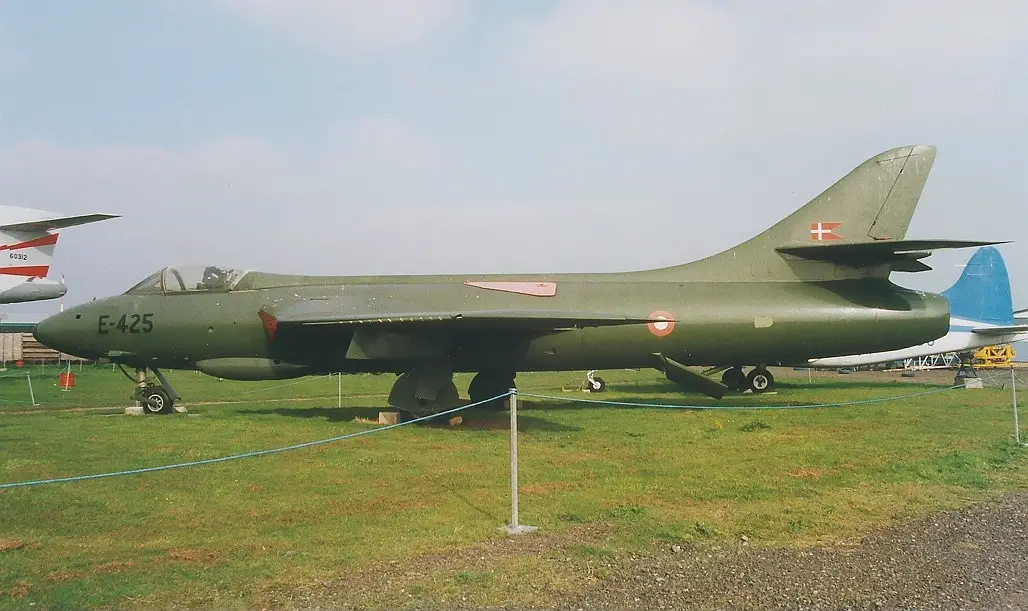
How was that possible?
Speaking of the reasons for this ‘miracle’, they were similar to the ones that facilitated the ‘cornfield bomber’s safe landing. Before ejecting from the plane Rasmussen trimmed Hunter’s control surfaces to a long glide, according to the standard procedure. The lucky Delta Dart’s pilot, who was trying to get the plane out of a flat spin, trimmed the controls to a takeoff position.
That, too, facilitated the plane’s smooth glide. And, ironically, it seems that in both cases the very ejection of the pilot had a positive effect on the situation. The bailout somehow helped the Delta Dart to get out of the flat spin, possibly by changing the plane’s center of gravity. In the Hunter’s case, the pilot’s leaving the plane together with his seat, the ejection mechanism, and a part of canopy must have made the aircraft lighter.
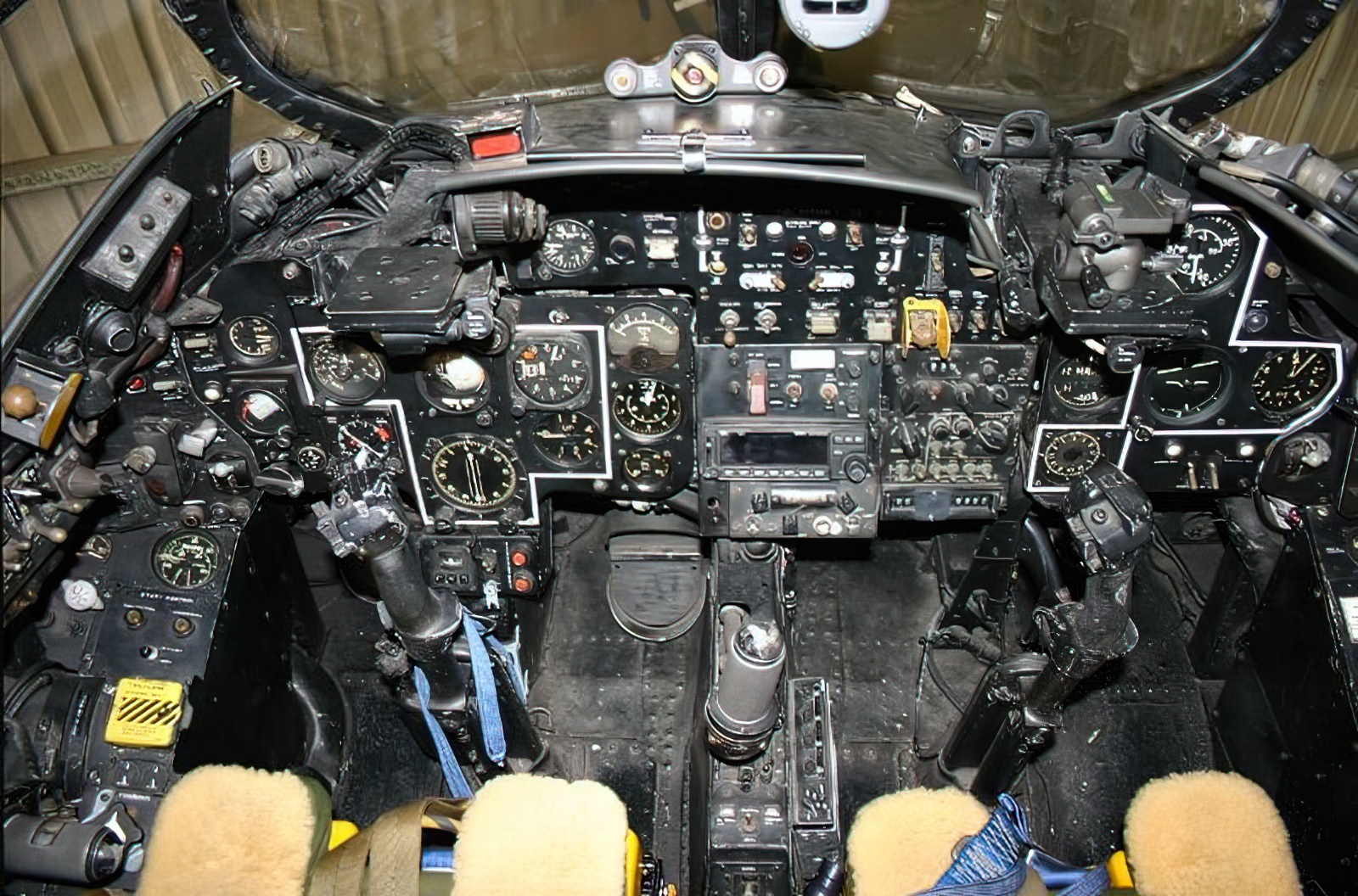
Although damage to the airframe was not very serious, the Danish self-lander, unlike its American brother, was not repaired. At the time the Royal Danish Air Force was planning on certain fleet reductions anyway, so the Hunter was soon scrapped.

